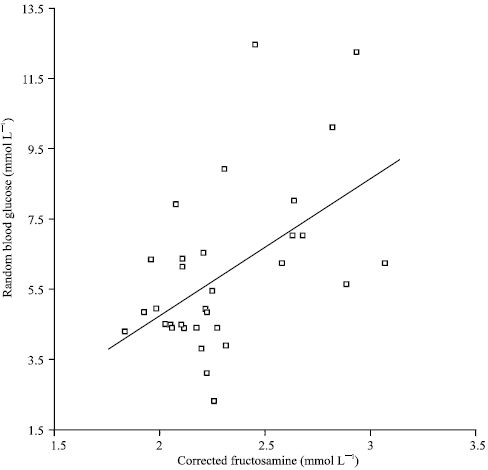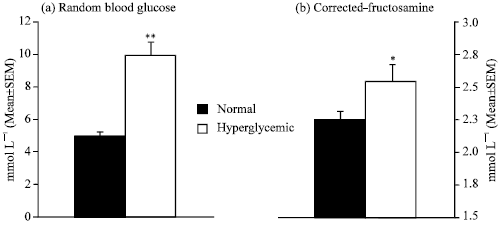Research Article
Relevance of Serum Fructosamine and Random Blood Glucose for the Screening of Gestational Diabetes Mellitus
Department of Biochemistry, College of Science, King Saud University, Riyadh, Saudi Arabia
Abdurrahman S. Alhomida
Department of Biochemistry, College of Science, King Saud University, Riyadh, Saudi Arabia
Samia H. Sobki
Division of Clinical Biochemistry, Department of Pathology, Armed Forces Hospital, Riyadh, Saudi Arabia
Shaukat A. Khan
Division of Clinical Biochemistry, Department of Pathology, Armed Forces Hospital, Riyadh, Saudi Arabia










